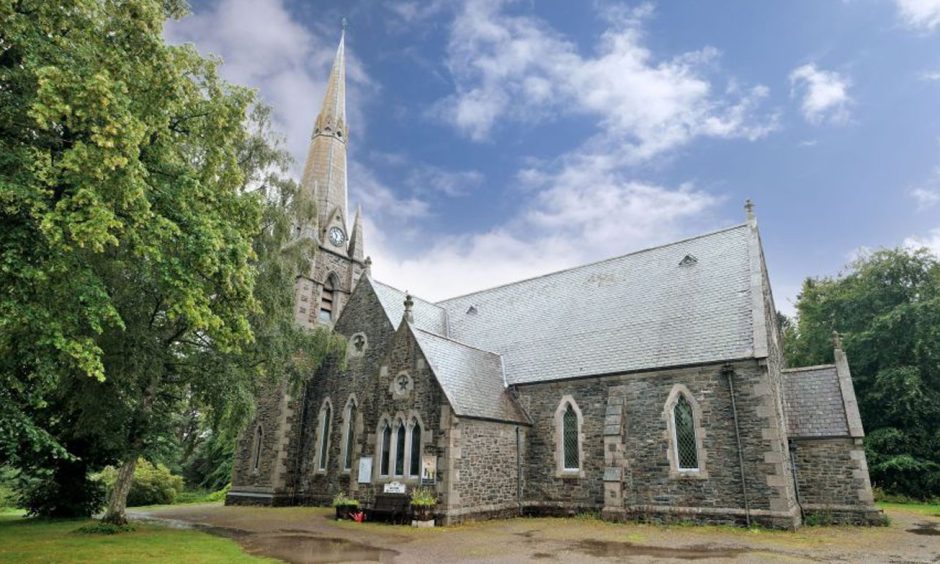
The historic Braemar Kirk – where the late Queen once worshipped, breaking 50 years of tradition at Crathie – has been put on the market for £160,000.
The attractive Braemar Parish Church, thought to date from 1869, is located in the heart of the village in the Cairngorms National Park.
It could be an attractive proposition given Braemar’s new-found fame as a bolthole for the rich and famous.
But any new resident will be moving in with the kirk’s first minister the Reverend Hugh Cobban, who is buried in the church behind the pulpit.
Braemar Kirk in Cairngorms is one of Scotland’s most remote churches
Just a stone’s throw from the fashionable Fife Arms Hotel, Braemar Kirk is being sold as part of the Church of Scotland’s ongoing drive to save money.
Over the last few years, the CoS has been downsizing its property portfolio amid declining congregations in a bid to futureproof a leaner Kirk for the 21st Century.
Braemar Kirk has been a landmark in the village for 155 years – its spire rising above the trees is a familiar view as you cross the River Clunie into the village.
It’s one of the Church of Scotland’s highest and most remote churches, and its position in the Cairngorms makes it almost equidistant from Aberdeen, Inverness and Perth.
The B-listed church was designed by architect Robert Lamb of Darlington in the early English Gothic Revival style.
The new church was the vision of minister Reverend Hugh Cobban to replace his smaller place of worship.
Braemar Kirk was built on the site of the existing 1845 chapel, which was taken down and rebuilt as Aberarder School near Crathie.
It was said at the time, “when completed, the new church will be a great ornament to our pretty Alpine village”.
Victorian church retains spectacular ceiling and period features
Typically Victorian, Braemar Kirk is cruciform in plan (shaped like a crucifix) with a semi-circular apse, a small gallery at the west end, and a bell tower with spire.
Work began on the church in 1869 at a cost of £2,122, and it opened the following year as a Free Church on July 24.
As a Free Church it had no musical instrument and the singing would have been led by a person in front of the Pulpit.
Designed to seat 450 people “in comfort”, the Braemar Kirk was described as having a “restrained ecclesiastical interior”.
But it was only restrained by Victorian standards – inside it has an elegant hammer-beam roof made from a series of timber trusses the length of the nave.
It also features star-shaped windows and decorative finials.
While polished marble columns support double-pointed arches leading to the transepts off the main worship space.
The church entrance also retains original period features like encaustic floor tiles, wall panelling and glass-panelled doors.
Minister died suddenly days before new church opened – and is buried in kirk
Tragically, the kirk’s opening was marred by the sudden death of Rev Cobban from a stomach complaint just days beforehand.
It was said his death was lamented by “the residents of Braemar of all creeds and churches” and “he was respected and beloved”.
Instead “all ceremony was dispensed with” as Reverend F McRae quietly conducted the inaugural service.
Unusually, Mr Cobban was buried inside the church, his tomb lies in the apse behind the pulpit.
When Braemar Kirk opened, the press remarked upon its “beautifully-carved pulpit”, but, curiously, also its patented “hot air apparatus”.
Presumably a precursor to central heating systems.
Victorian churches were generally cold and uncomfortable – probably none more so than in Braemar in winter.
After all, Braemar still retains the record for having the lowest temperature in the UK, having plunged to -27.2 °C on January 10 1982.
When the church was built, it was designed so arrangements could be made in winter to “shut off the greater portion of the nave”.
Braemar Kirk was main church after congregations united in 1945
In the years that followed, the Braemar Kirk, also known as the West Church, hosted baptisms, weddings and funerals, and had a dedicated congregation.
It was a popular place of worship in summer, as “visitors from all parts of Britain, and from other quarters abroad, who sought the bracing air of Braemar during the summer months attended in large numbers”.
In 1929, the Free Church and the Church of Scotland united following the revolt which split the Kirk across Scotland in 1843.
But it wasn’t until 1945 that the two churches in Braemar united and confined their services to one building.
The Old Parish Church (the East Church) was sold in 1948 and became housing.
Even by then, church attendance across Scotland was in decline, and in 1977 dwindling congregations saw a controversial decision to merge Braemar with nearby Crathie Kirk.
Queen broke 50-year tradition to worship at Braemar Kirk in 2004
Famously, Crathie Kirk is where the Royal Family worship while at Balmoral, but the kirk session at Braemar branded a move to unite the congregations as “un-Christian”.
They were devastated at the prospect of losing their minister Rev Duncan MacPhee whose temporary post had been cancelled.
Neither church wanted to share a minister, but the parishioners were overruled by the General Assembly.
However, there was joy after all when Mr MacPhee was then appointed minister of both kirks.
It was a role in which he relished, and always said he was “thrilled” to deliver services for the royals.
And in 2004, the late Queen broke a long-standing, 50-year tradition by deciding to worship at Braemar Kirk, rather than Crathie.
She shared a laugh and a joke with then minister, Rev Bob Sloan after the 45-minute service, and waved to the crowds which had gathered to catch a glimpse of her.
Mr Sloan said: “She was in a great mood and was delighted to be attending Braemar for what we’re all sure was the very first time.”
Pew would live in a house like this?
Set in nearly an acre of grounds laid mainly to grass with trees and ample parking, inside, it still has all its pews, features and light fittings.
But permission would have to be sought to convert the listed kirk into a home.
With its high ceiling, attractive entrance and sought-after location, it’s easy to see that with a bit of imagination, this could be sympathetically transformed into a spacious and unique home.
In a statement of special interest, Historic Environment Scotland said of Braemar Kirk: “The decorative finials and rainwater goods demonstrate that this was an important building to the community and the area in general; the spire in particular is a notable village landmark.”
The church could actually be turned into a community space without planning consent.
The Church of Scotland suggests future uses could include “as a creche, day nursery, day centre, educational establishment, museum, art gallery or public library”.
And with the relevant planning permission, enterprising prospective buyers could even turn Braemar Kirk into “a theatre, cinema or entertainment venue”.
Therefore, perhaps the local sentiment would be that this landmark building should be retained by the community, for the community.
Full particulars for the church are available here.
If you enjoyed this, you might like:
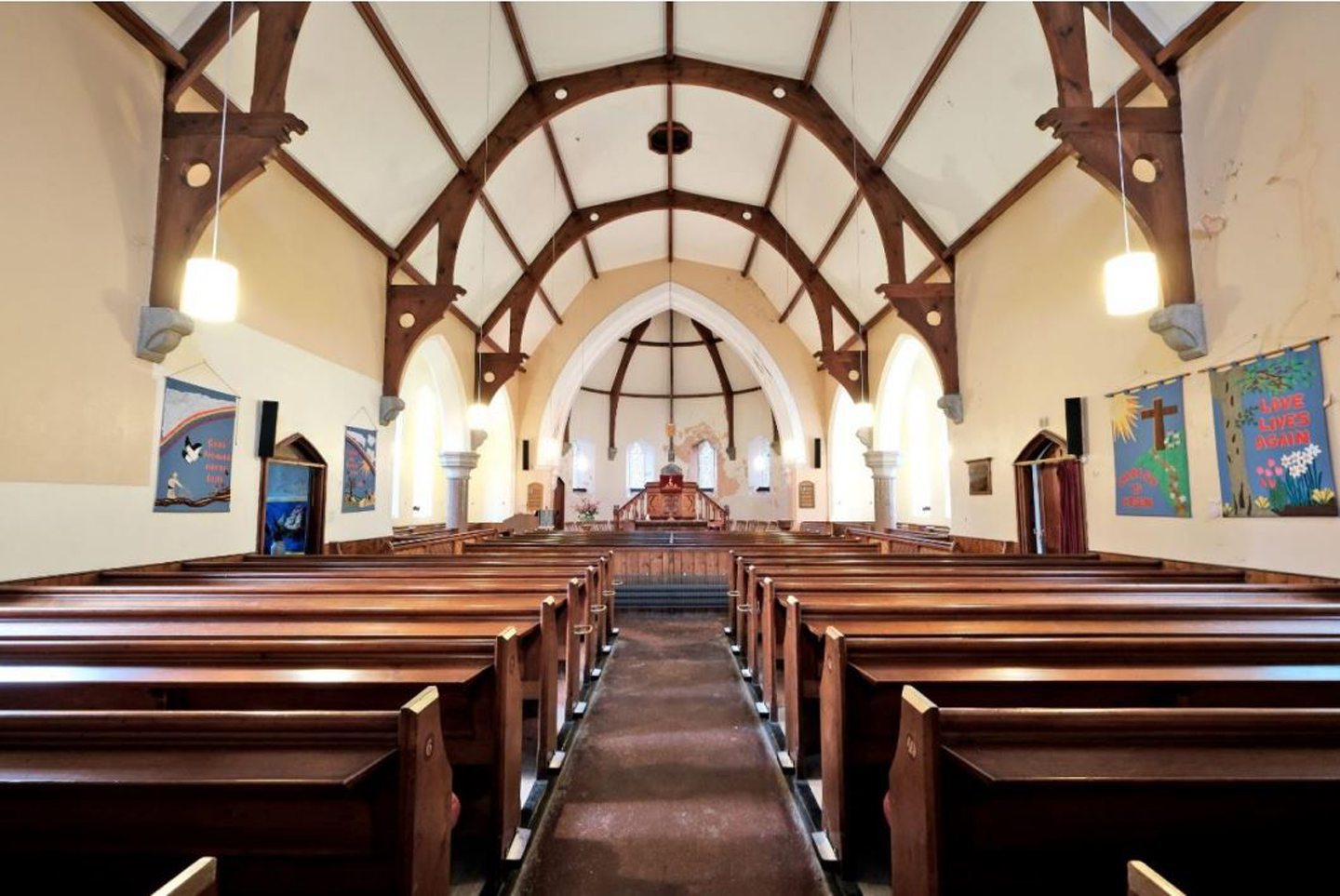
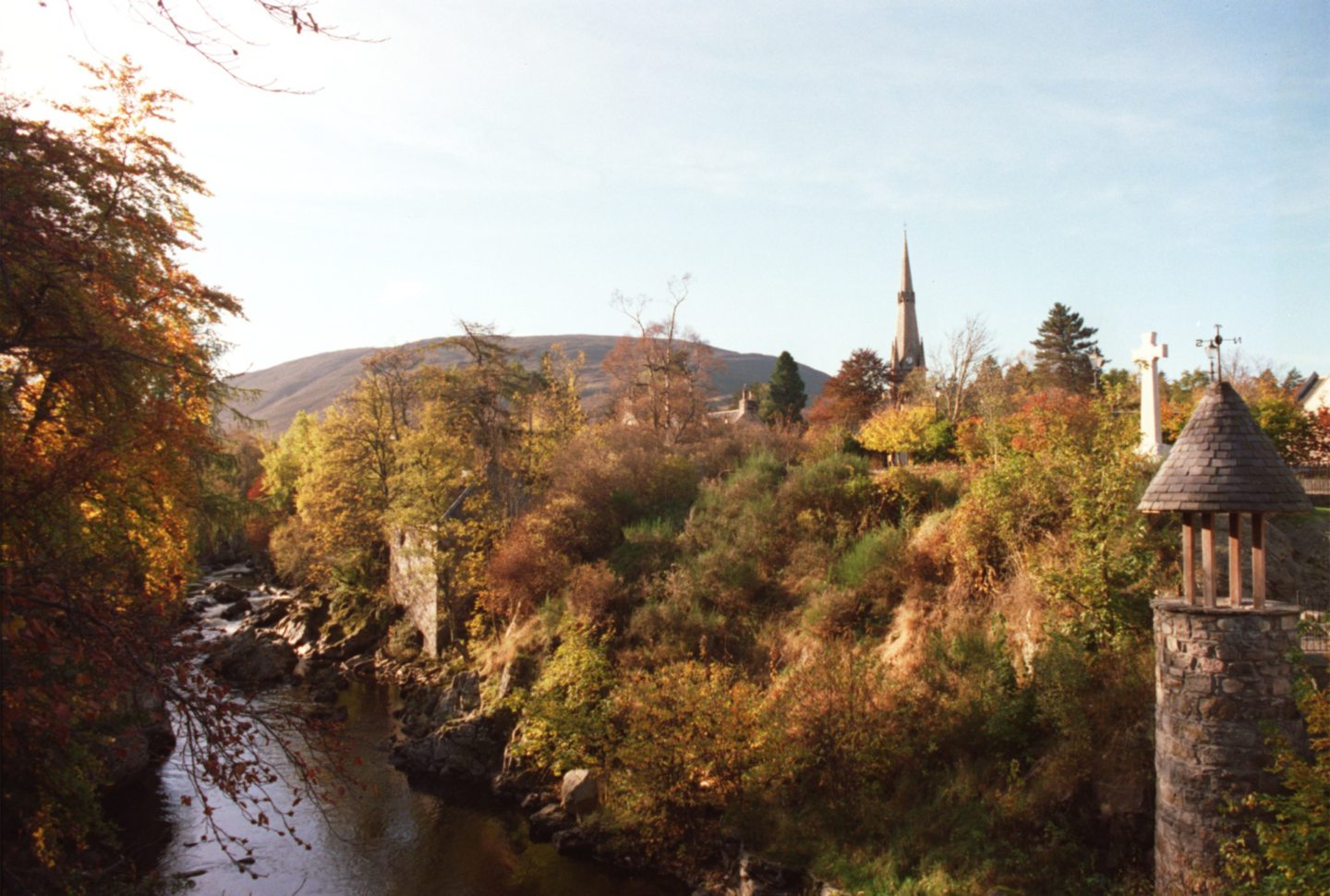
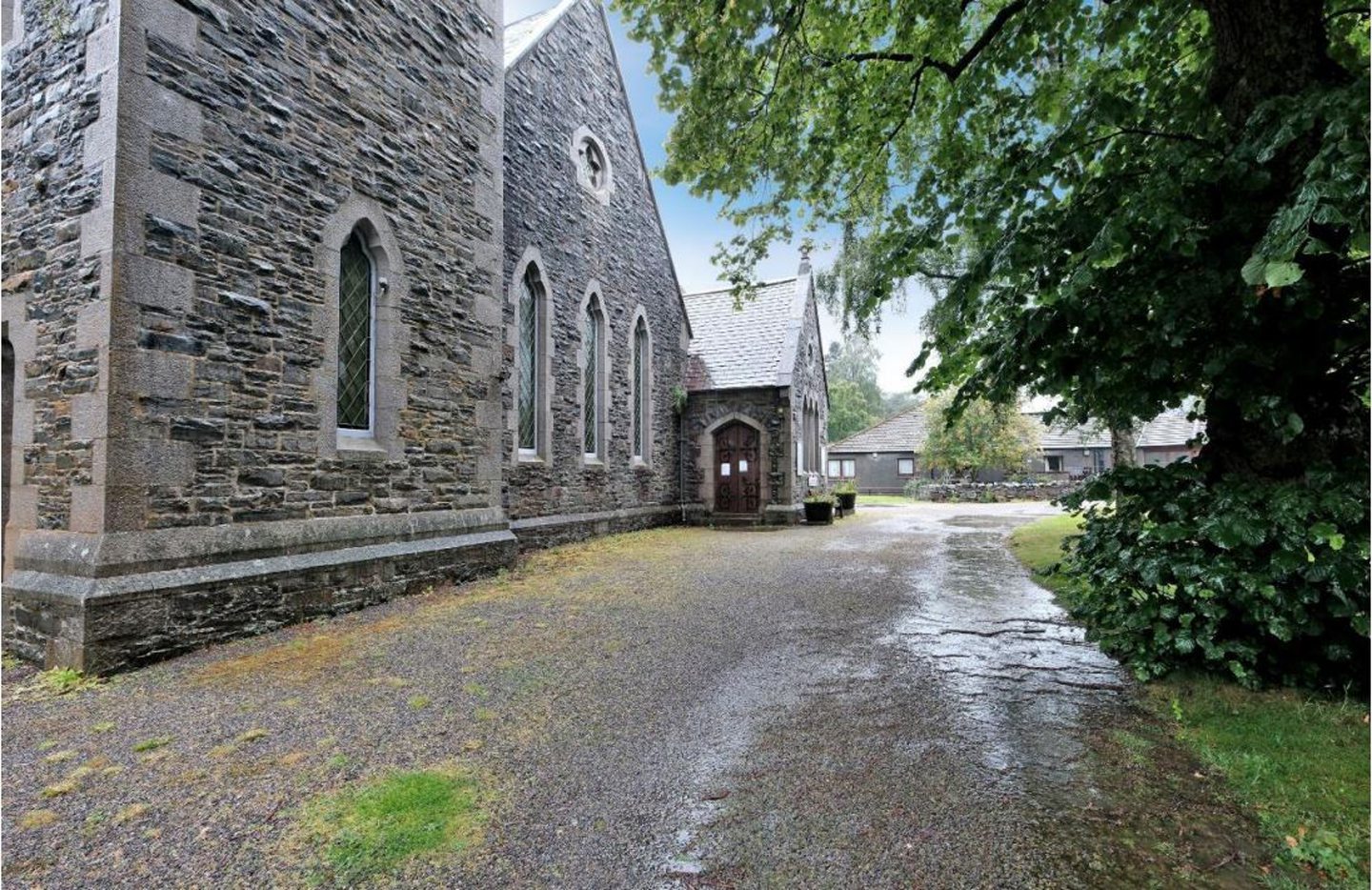
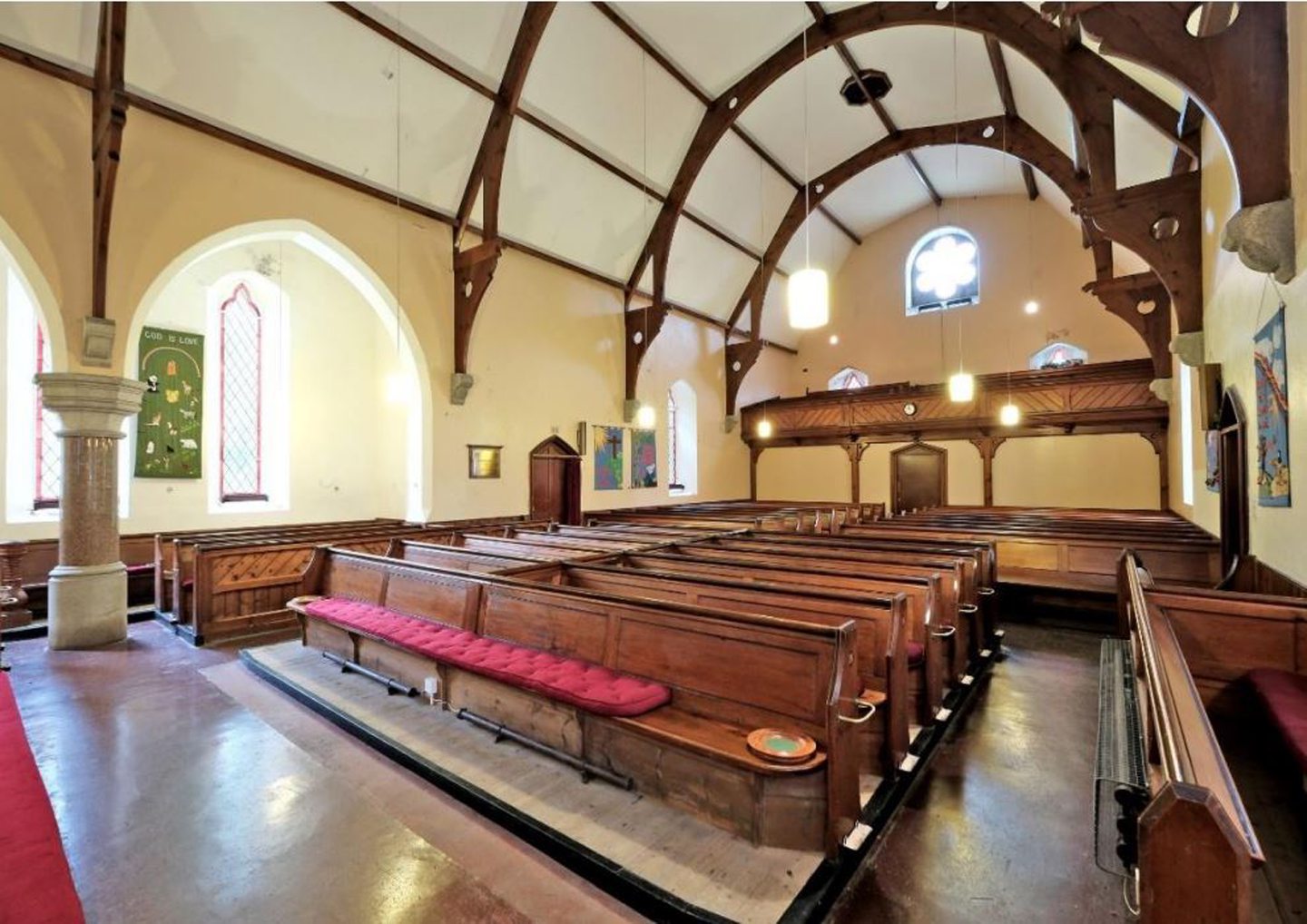
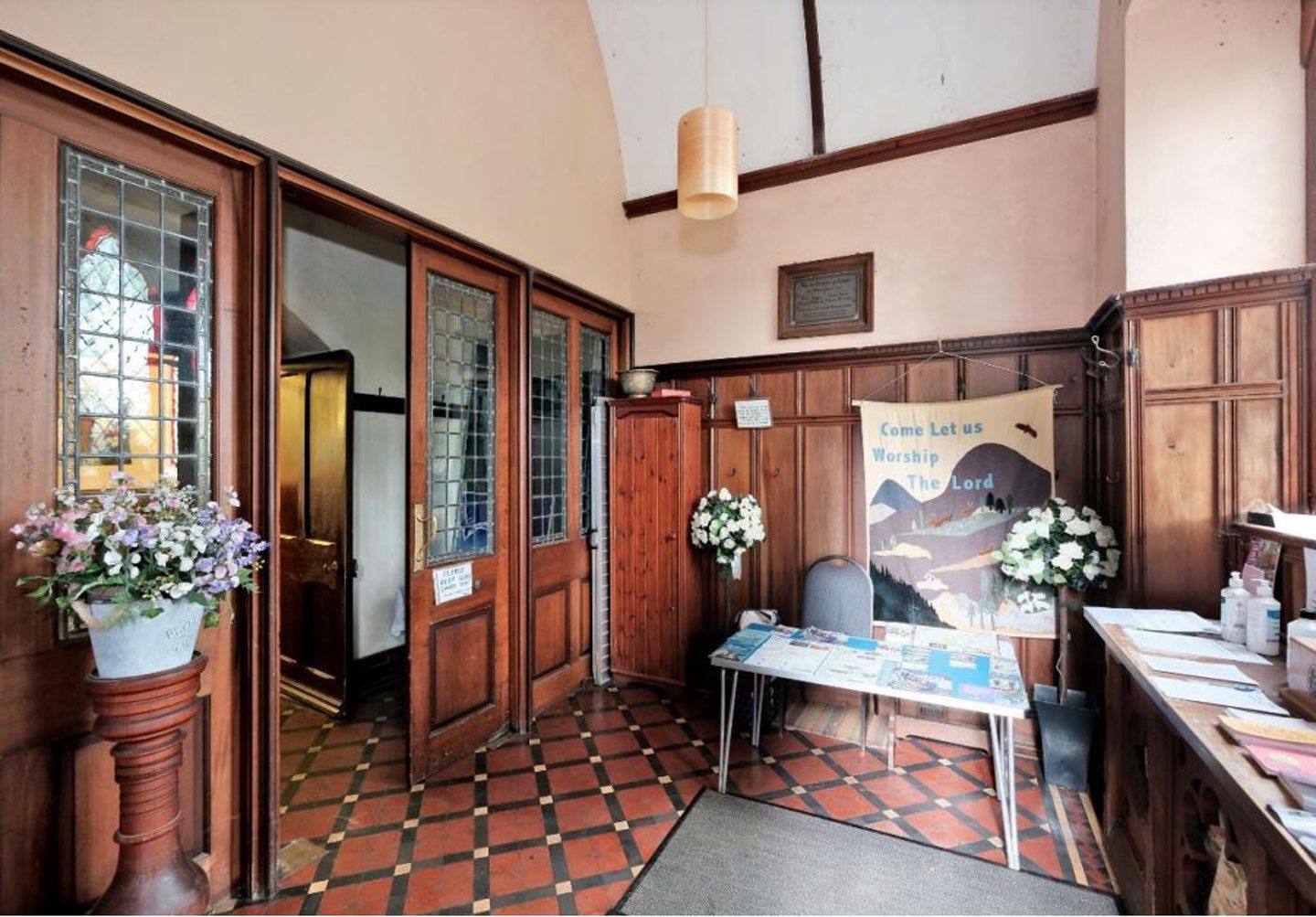
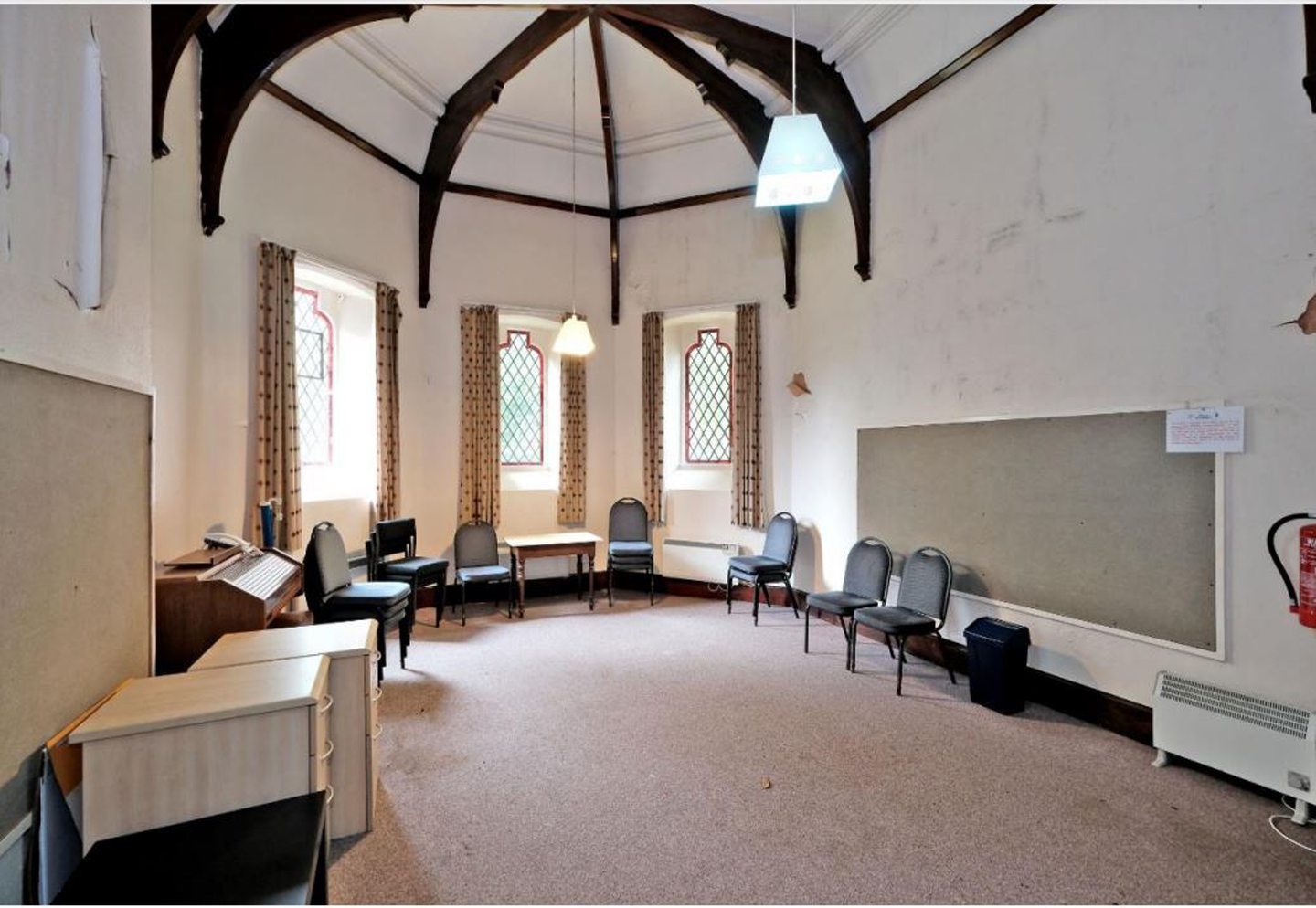
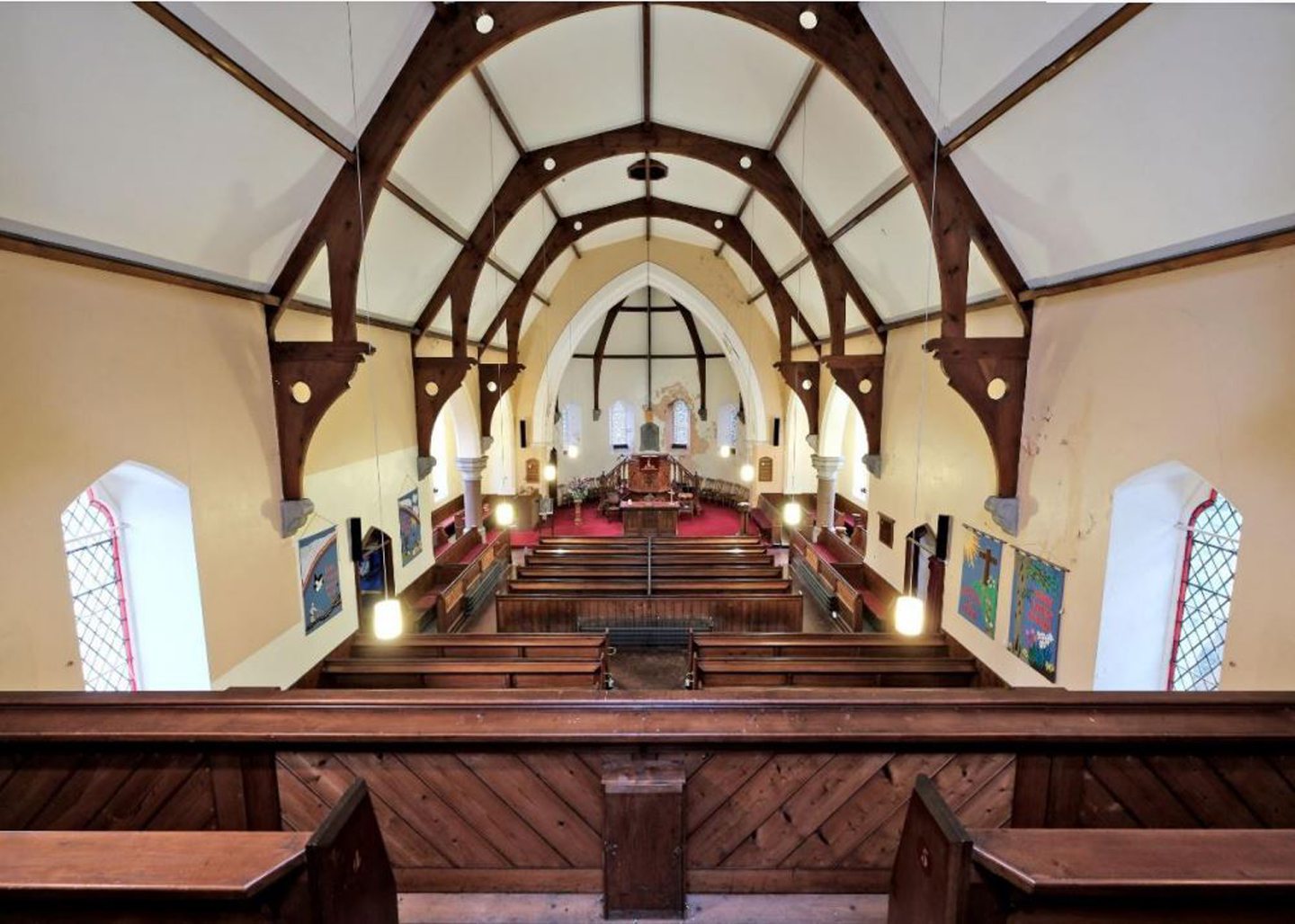
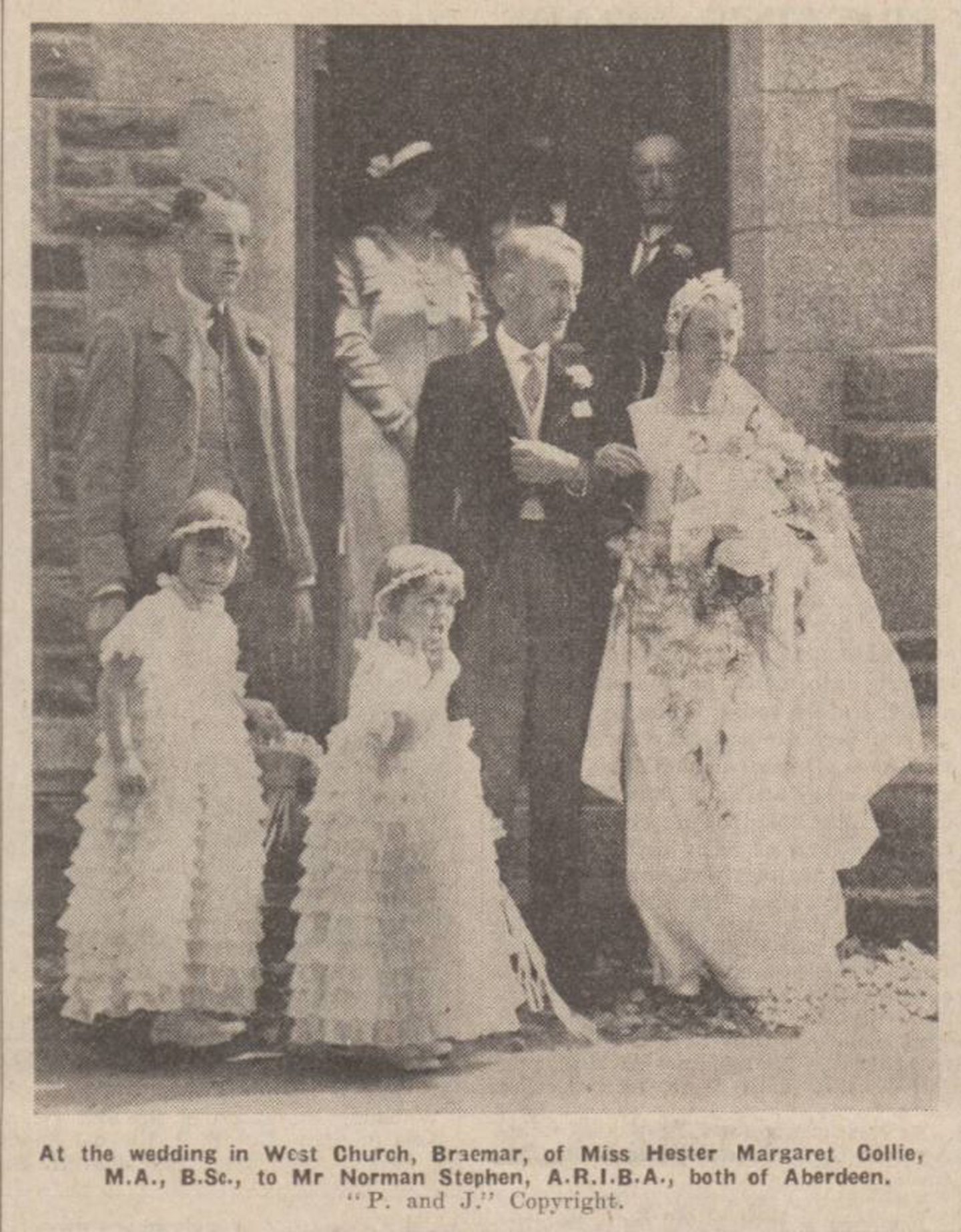
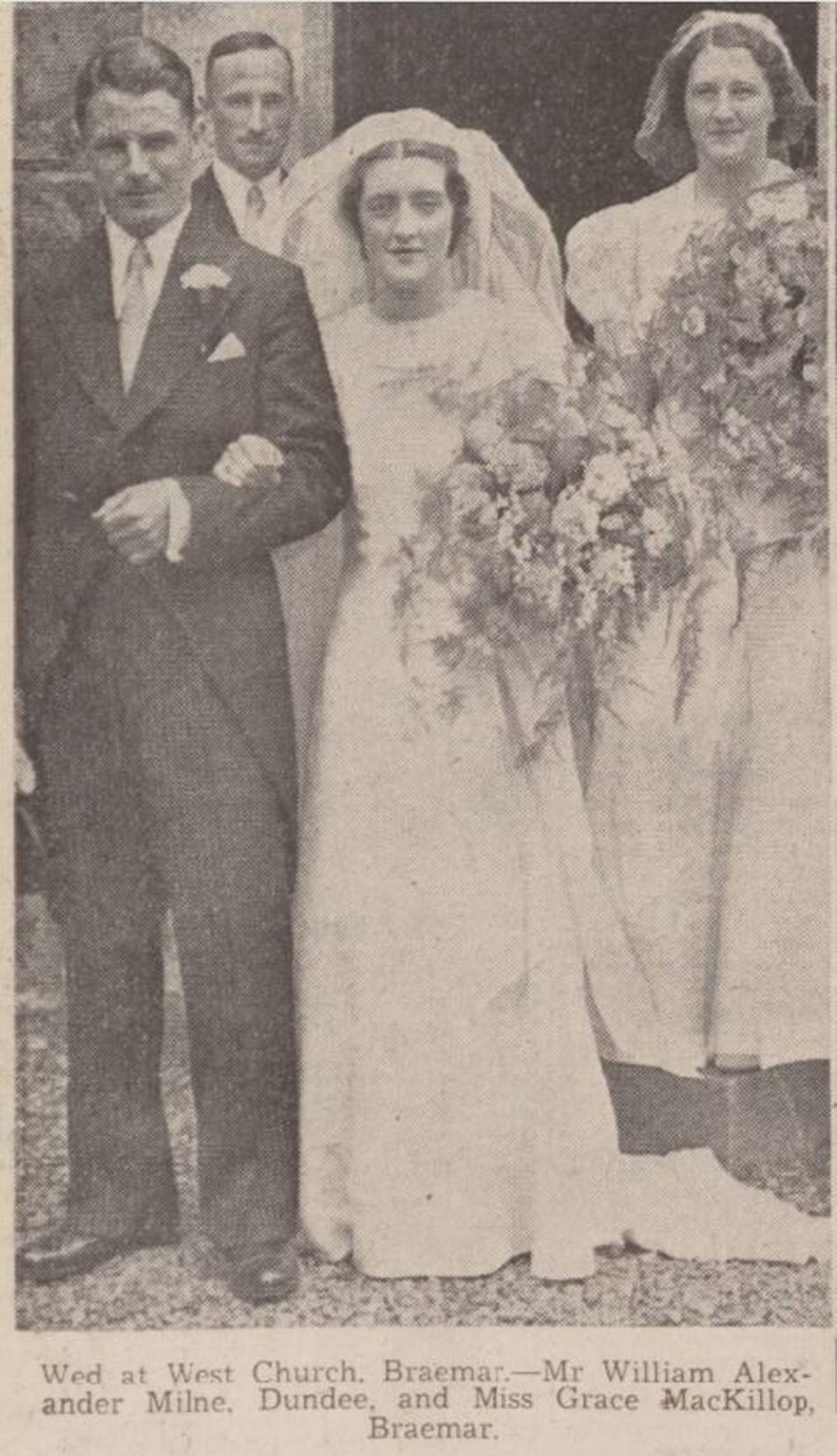
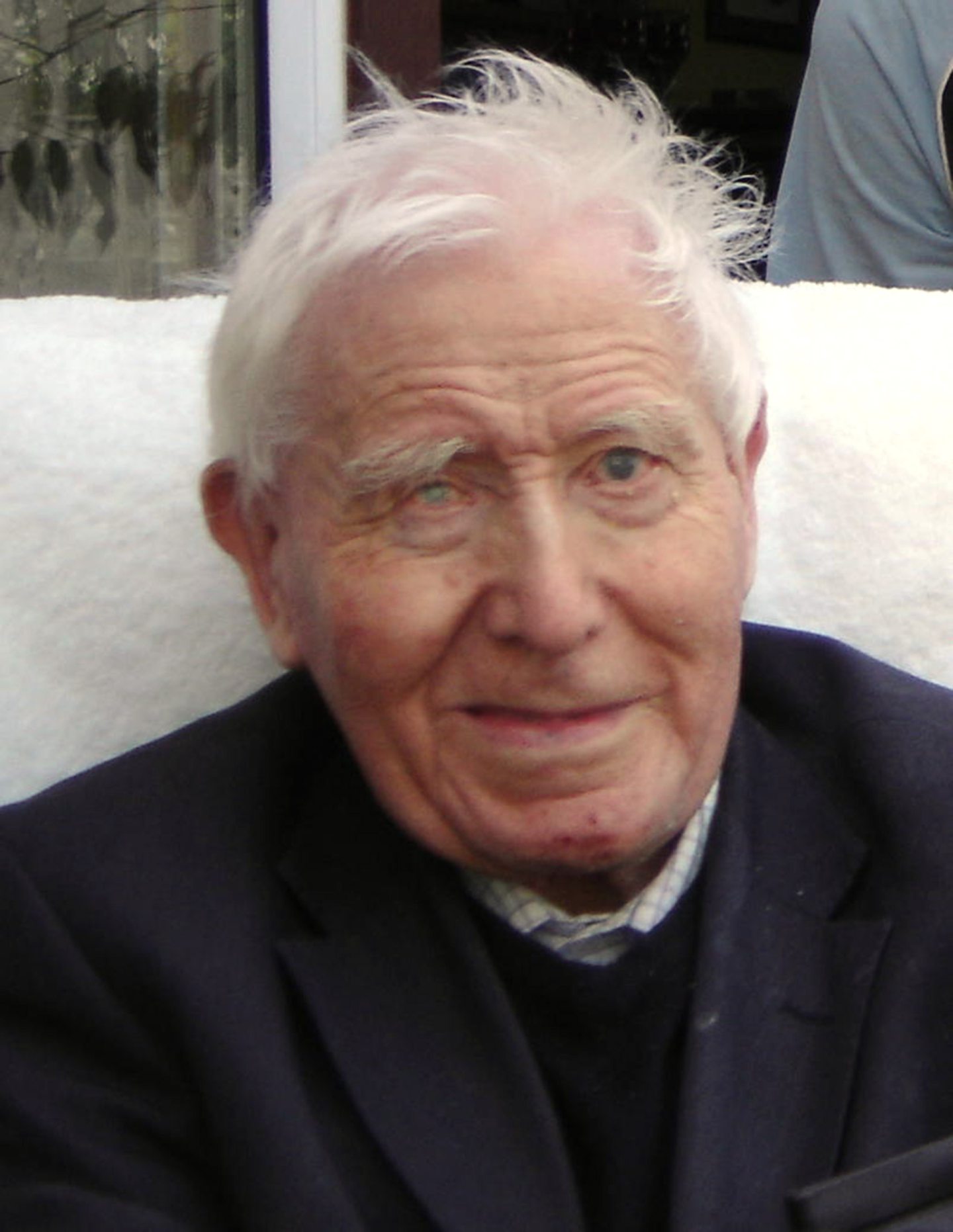
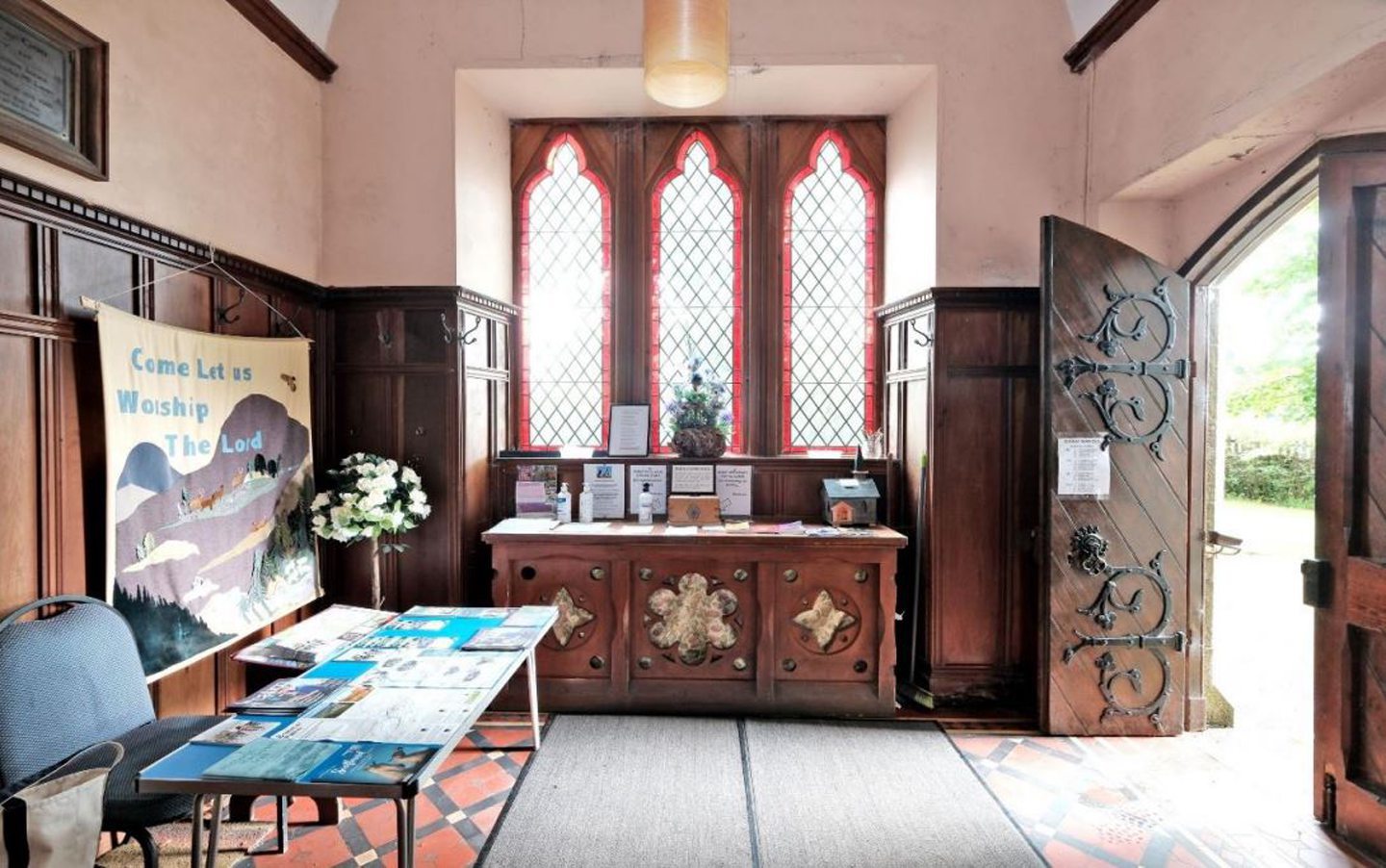
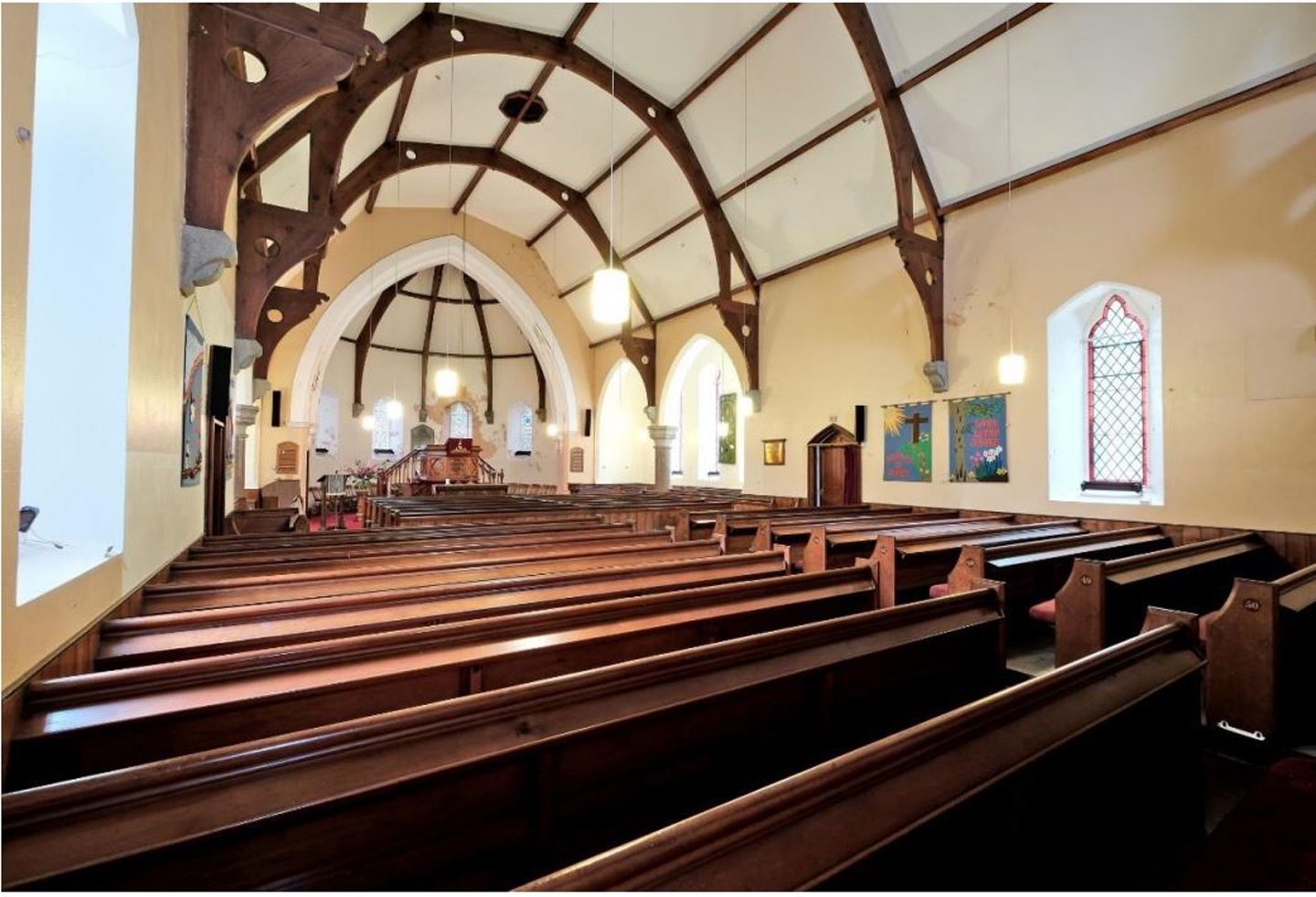
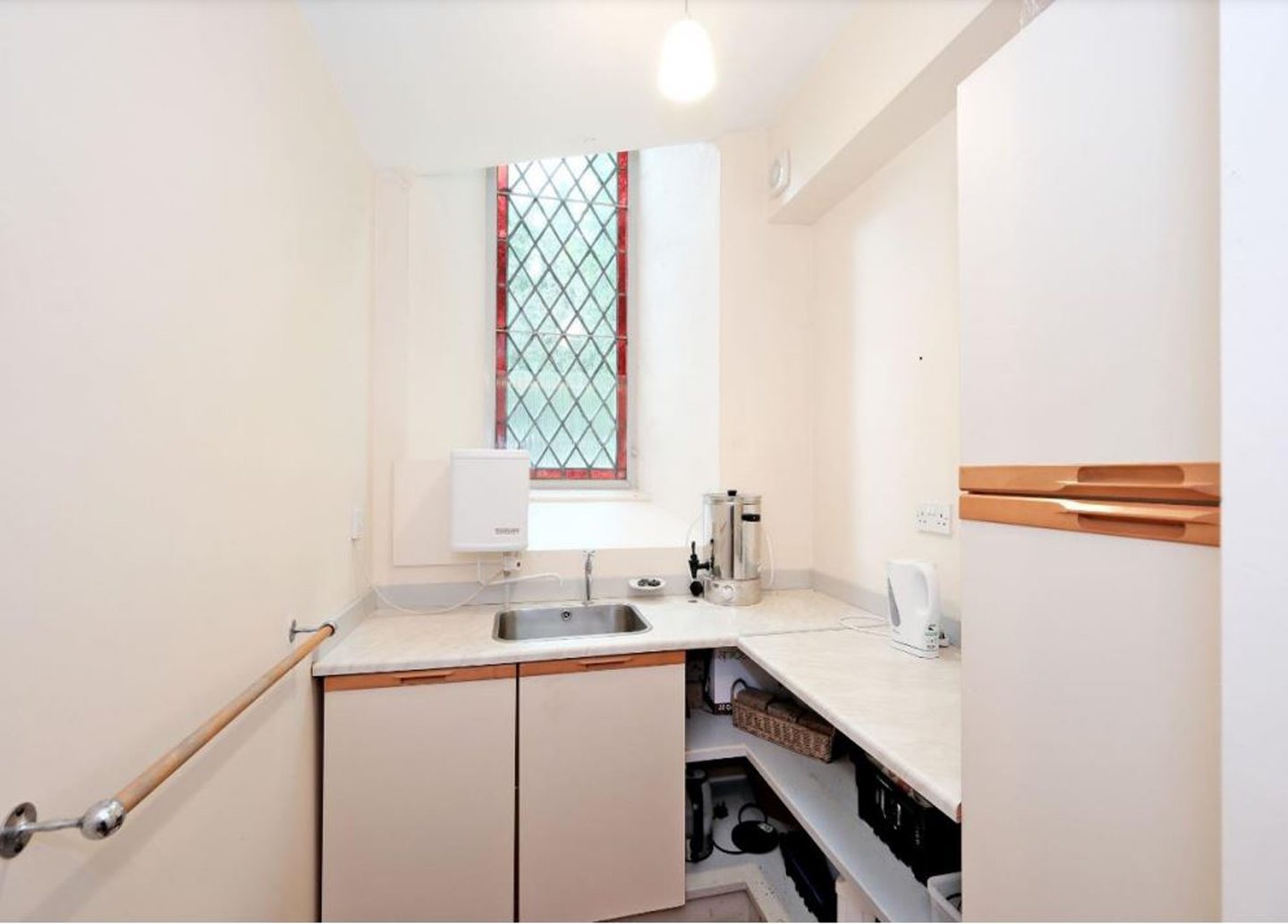
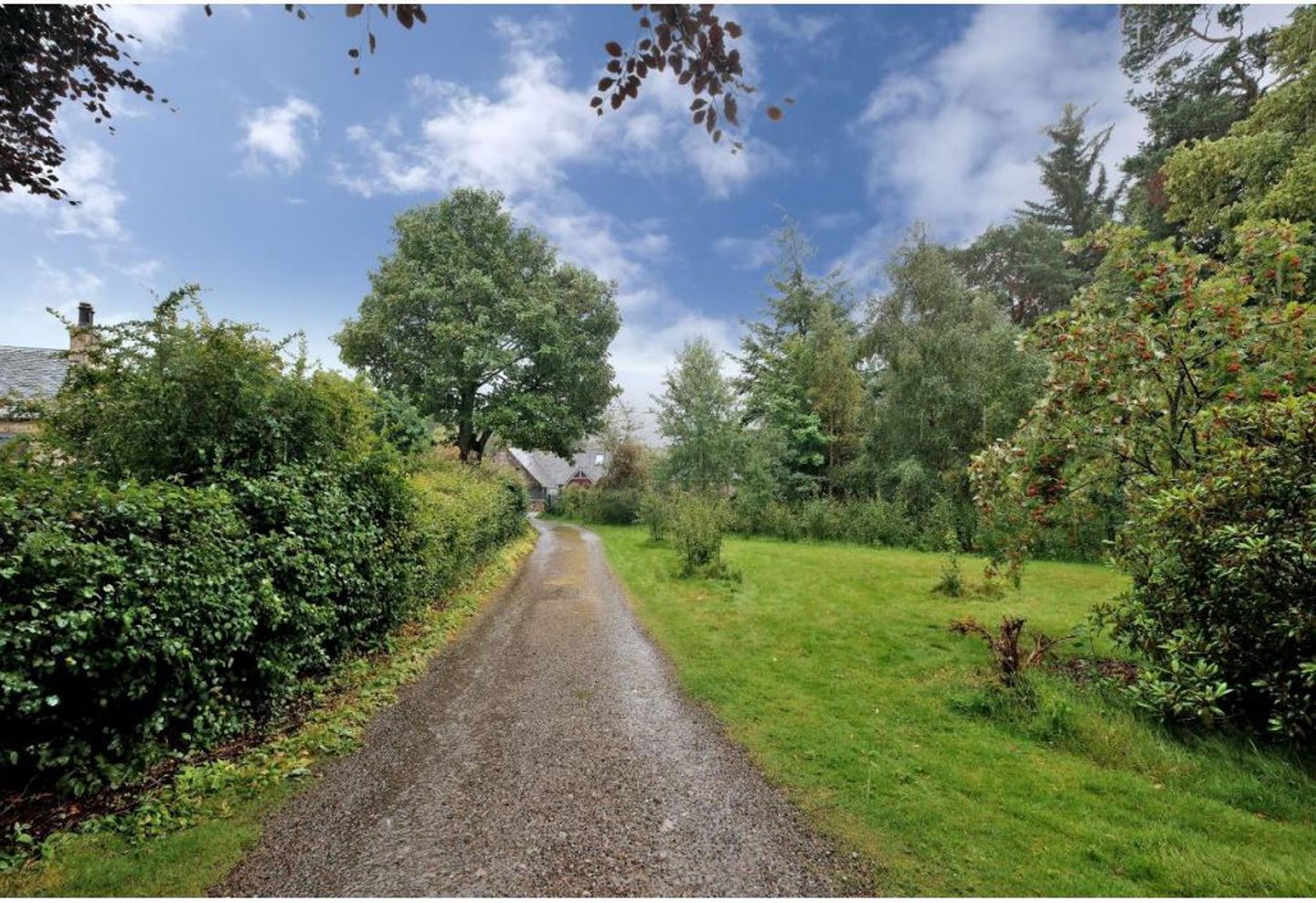
Conversation